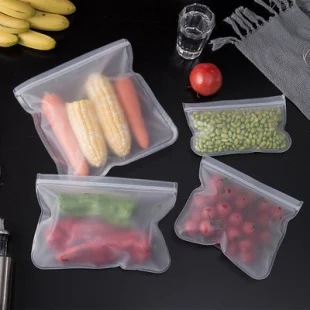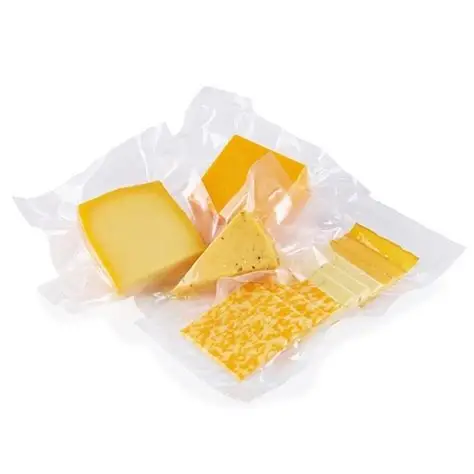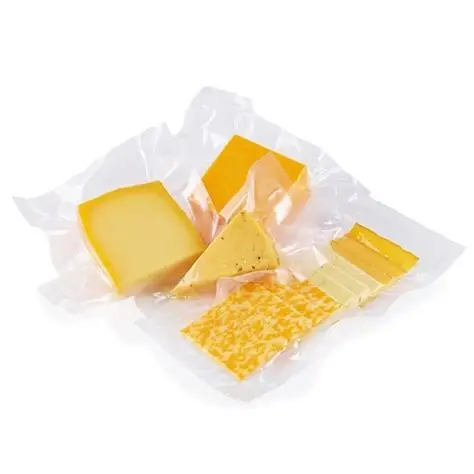Causes of Frozen Food Packaging Bag Ruptures
I. Materials
1. Insufficient Cold Resistance of Packaging Materials
Under low-temperature conditions, the flexibility of packaging materials significantly decreases, leading to increased brittleness and reduced impact resistance in quick-frozen food packaging bags. Therefore, selecting materials with excellent low-temperature performance is crucial for manufacturing packaging bags.
2. Inadequate Flexibility of Packaging Material
If packaging material lacks sufficient flexibility, its elongation rate decreases while stiffness increases. Such material, when used for frozen food packaging, may develop resistance to internal air pressure due to poor tensile properties, potentially causing bag rupture.

3. Substandard Material Quality
To reduce costs, low-quality materials may be used for food packaging bags. These materials are prone to cracking at low temperatures, leading to bag rupture.
4. Material Mismatch
Different food types require specific packaging materials. Inappropriate material selection—such as using low-density polyethylene (LDPE) for oil-containing foods—can cause oil permeation. Since LDPE is not oil-resistant, the oil gradually thins the bag, eventually causing rupture.
II. Temperature
1. Temperature Fluctuations
Significant temperature variations during freezing cause gas expansion or contraction inside the bag, triggering rupture. This is particularly common during long-distance transport or extended storage when inadequate temperature control can easily cause packaging bag ruptures.
2. Excessive Temperature
If food remains unfrozen for too long, it may spoil. Spoiled food produces large amounts of gas, increasing internal pressure and ultimately causing the packaging bag to burst.

III. Pressure
1. Excessive Internal Pressure
Certain foods, like fish and eggs, produce gases during freezing. If these gases accumulate inside the bag without venting, internal pressure builds up, eventually causing the bag to burst. Additionally, failing to leave space for gas accumulation during filling can also lead to bag rupture.
2. Excessive External Pressure
During transportation or storage, external forces like compression or impact can easily cause packaging bags to burst. Particularly in logistics, unstable cargo stacking or vibrations during transit may subject packaging bags to external pressure, leading to rupture.

IV. Production Process
1. Poor Heat Sealing
During production, inadequate or excessive heat sealing can reduce packaging bag strength. At low temperatures, materials become more brittle and prone to cracking, leading to bag rupture. Therefore, strict production process control is crucial for ensuring packaging quality.
2. Uneven Cutting Edges
During production, uneven cutting edges or excessive cutting depth can compromise bag strength. At low temperatures, materials become more fragile and susceptible to cracking, causing bags to rupture. The precision of production equipment and the skill level of operators directly impact packaging quality.
Therefore, when customizing frozen food packaging, it is essential to select materials that withstand low temperatures while offering excellent tensile strength and toughness. Especially when packaging items with sharp elements like bones or spines, incorporate puncture-resistant materials to ensure durability.
Wanle Package specializes in producing high-quality frozen food packaging bags. Contact us now to enjoy excellent service and customized solutions!
